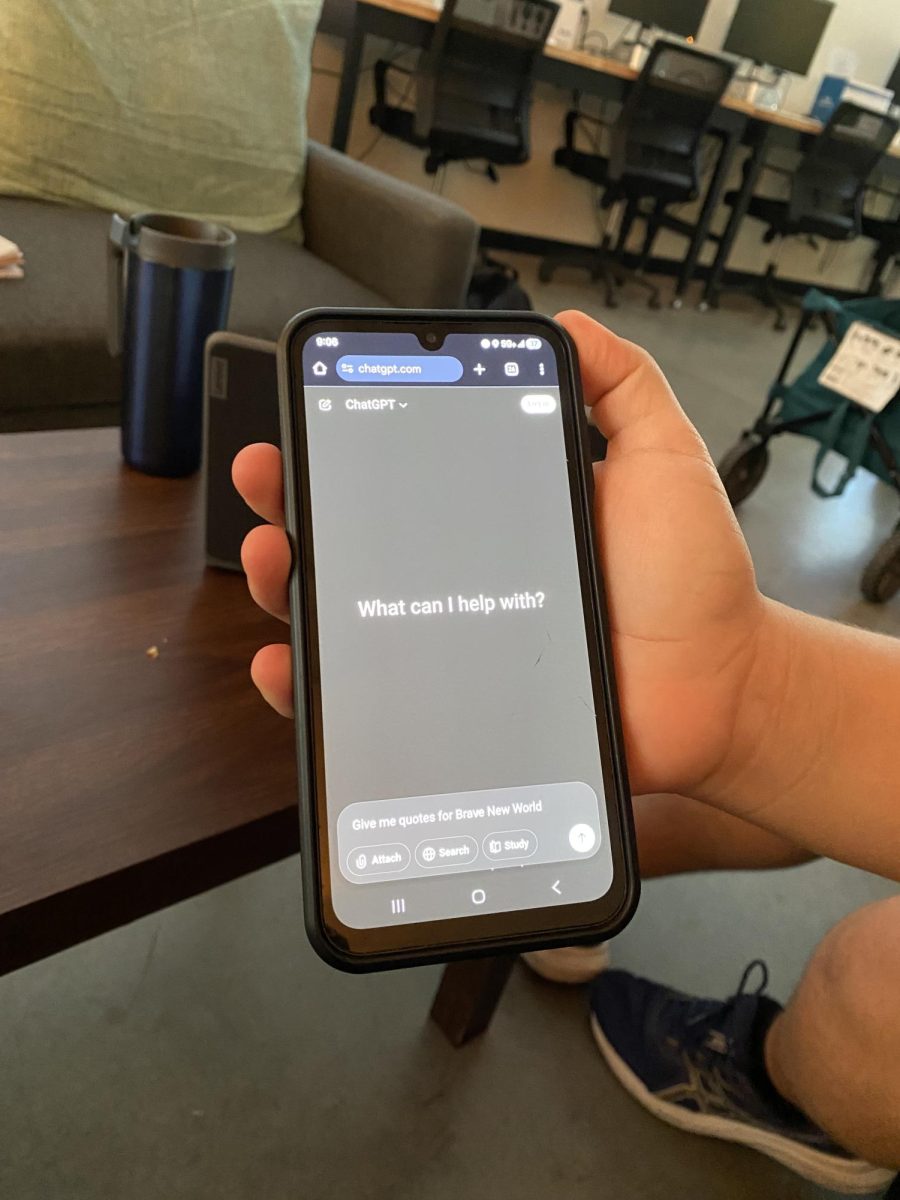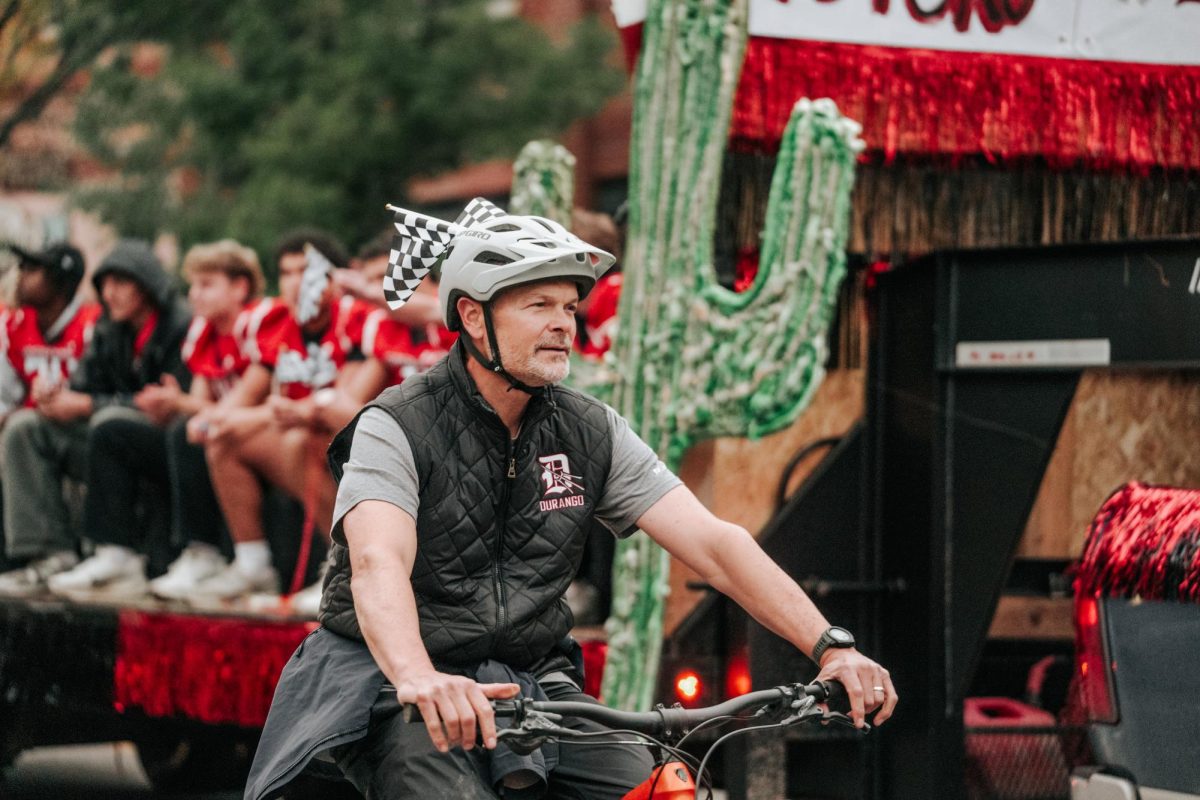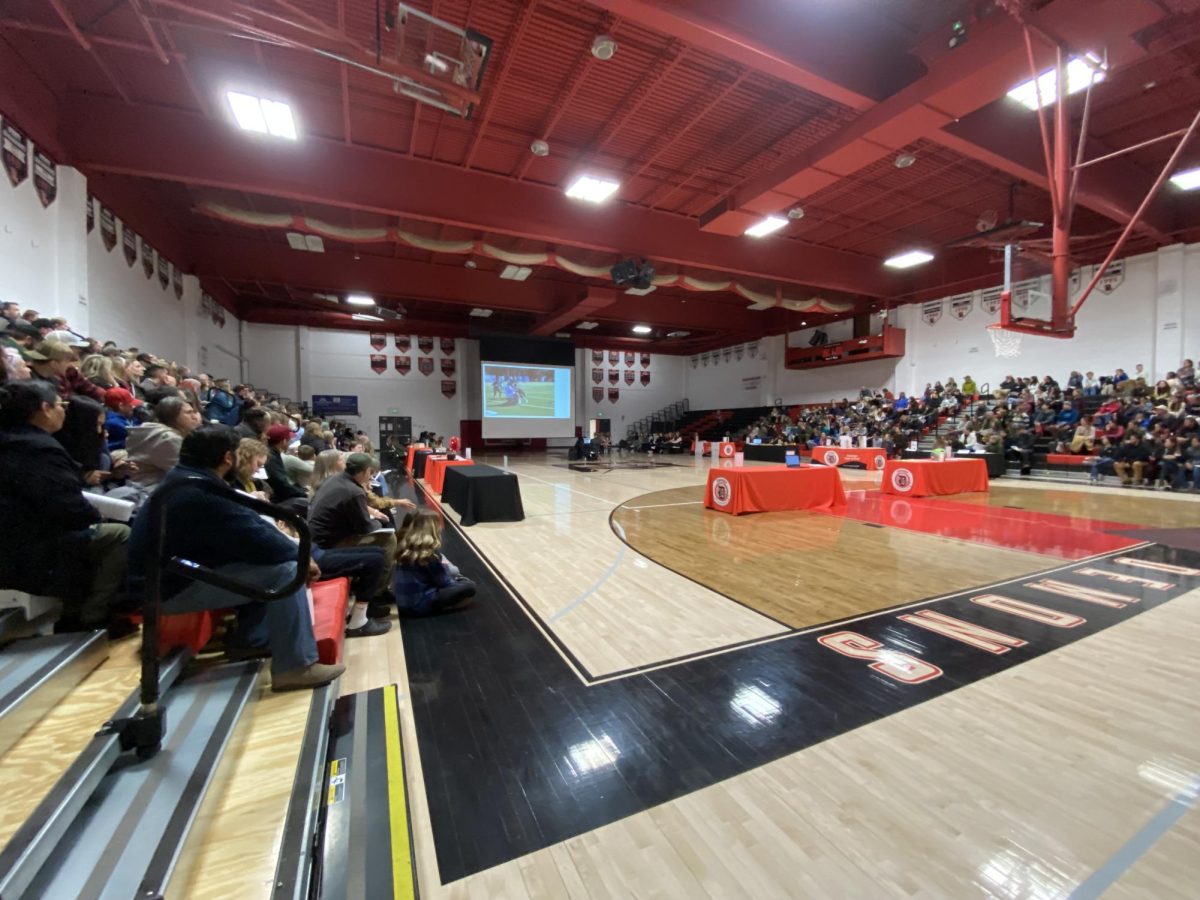Many students at DHS get lunch from the cafeteria with the Director of Food and Nutrition Services, Mathew Poling, saying they serve about, “300-350 students” lunch a day. With tight funding from the state the staff has to work to create meals that students will actually eat, and because of that students don’t always see it as a meal worth looking forward to.
Freshman Patsie Westland said, “It’s okay, nothing special.” And Teagan Sarver agreed, saying, “The lunch is just okay.” So if lunch is there for students’ benefit, why is it only “okay” at best?
Well, it turns out that behind the counter the school is running on a tight budget getting very little support to make the meals. When interviewing Poling, he stated, “A plate cost is generally $1.50-2.50. Just for food cost.” So the staff has to make a meal for under 3 dollars that is nutritious and something that students will actually eat. Which is a hard thing to do when feeding hundreds of kids a day with different wants and needs.
The government only reimburses schools if kids take the lunch, so if students don’t get the school lunch then that money is put away. This leads to schools heating up pre-made meals. Angela Fosco, who used to work at an elementary school cafeteria and is now DHS’s culinary teacher said, “The biggest challenges in running a school cafeteria often include providing appealing meals to students, and meeting all the nutritional guidelines while also managing food waste and handling students’ dietary restrictions.” And this is hard especially with the complaints about the things kids are being served. It comes with a lot of food waste too.
The school lunches at DHS are run through the state reimbursement, meaning every meal they make and serve they get money back, but to get that money back the meal has to have certain aspects. Fosco said each plate needs to, “Include all the food groups—fruits, vegetables, grains, proteins, and dairy.”
So that means if a student comes into the cafeteria only wanting a certain item of food, the school is required to serve them other things on the plate to get reimbursement for that meal. If the student doesn’t want to eat something it most likely ends up in the trash.
With many people in Durango owning crops and livestock, DHS has come up with a solution to this problem. Poling shared, “We started taking our scraps and offering them to staff with livestock at home.” Allowing for the food to be diverted from the landfill and to be put back into the food chain. Poling also commented, “It’s not nutrition unless it goes in their belly.” Which is true for schools since they do not make the meals to feed the trash cans. And while the school is concerned with waste, they also have to be concerned about debt.
DHS faced a lot of debt last year with, “…around $12,000-13,000 in the negative…” Poling said there is not much DHS can do to enforce it. At the end of every year, Matthew Poling and school staff email families with debt to let them know that they owe the school money, but “Frequently those emails go unanswered.” Which can mean that many students that take lunch may not have the money to pay for them. Regardless, Poling argued how important it is for these students to still get lunch, saying that when students eat, “It increases test scores and there is anecdotal evidence from teachers that say [students] focus better.”
Which should be as expected, eating food is essential for the human body and it gives us energy to work and grow which is what students do everyday. And because of Colorado’s free lunches it, “Takes the stigma away from school lunches when they’re free for everyone… (and when) nobody knows anyone else’s eligibility status,” Poling said. Because kids are perceptive, they notice when their friends don’t take lunch and they notice a difference when they are given the same opportunity to eat.
School lunches are a great thing for many students in DHS, senior Sydney Vassar added, “It’s here and it’s free.” And Fosco argued it is such a great thing for students to have free meals provided by the school. Especially when they may not always have ensured meals at home with Poling stating, “Quite often kids at home are not getting enough to eat or the meals aren’t very nutritious.” This is why it is so important that school lunches need to function and move smoothly, to allow kids who need school lunches be able to get them. But unfortunately for most states that isn’t an option, according to Poling, Colorado is one of 5 states in the nation funding school lunches through the state and not the government.
This means that in Colorado lunches are free for students who need them, but it also means that the other 45 states make kids pay for their lunches. There is a solution to this problem, Fosco said, “Free and Reduced Meals are available to students who qualify for free or reduced-price meals based on household income, ensuring all students can access nutritious meals.” Which unfortunately, doesn’t work very well according to CBS and the New York Times, who both covered the solution, saying that if families make a penny over the cutoff for reduced price or free meals, they are denied. Meaning a lot of families who need the financial help for their kids’ lunches don’t have access to it.
While it is amazing that Colorado provides free meals for students it is not a permanent solution with Poling saying, “The state is running out of money for the program, because there was more participation than expected. ” And while participation is a great thing; it cannot be sustained by the state individually.
So, in a perfect world, the solution would be to have the government fund school lunches nationwide and provide free meals for every student. And while this may seem impossible, we actually did it for two years during Covid, when the government passed the Universal Free Meals Act. Poling commented on this by saying, “When you look at how much it would cost for the government to feed our kids everyday, it’s a fraction of the money that our government spends on things that are either frivolous or that we don’t all agree with.” School lunches provide students with energy they need to get throughout the day and teachers like Poling say there shouldn’t have to be a price on that anywhere in the U.S. People see the impact that is made on students when they eat lunch, Poling saying, “You can see it on their faces and you can see it in their grades.” If school lunch was considered as necessary as supplies like desks or books, it may be provided by the government to benefit all students and families.















